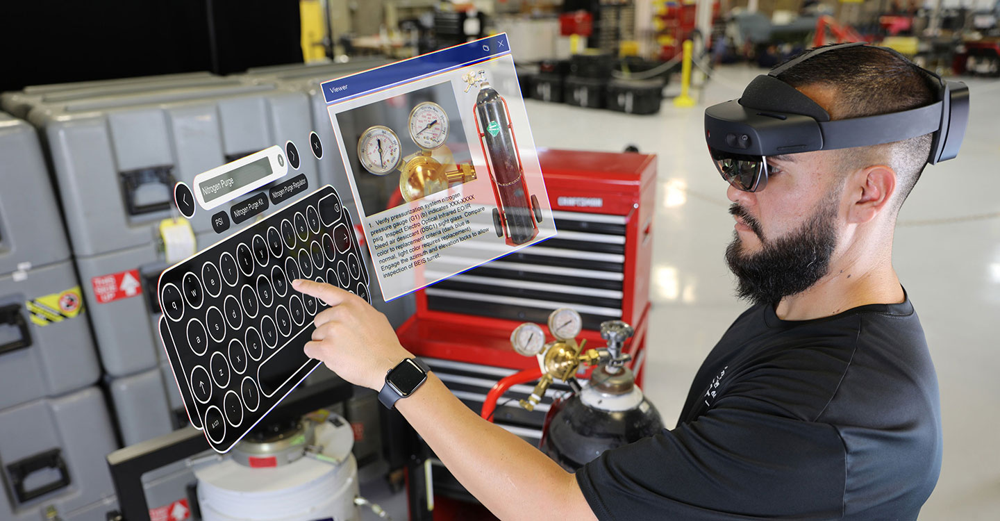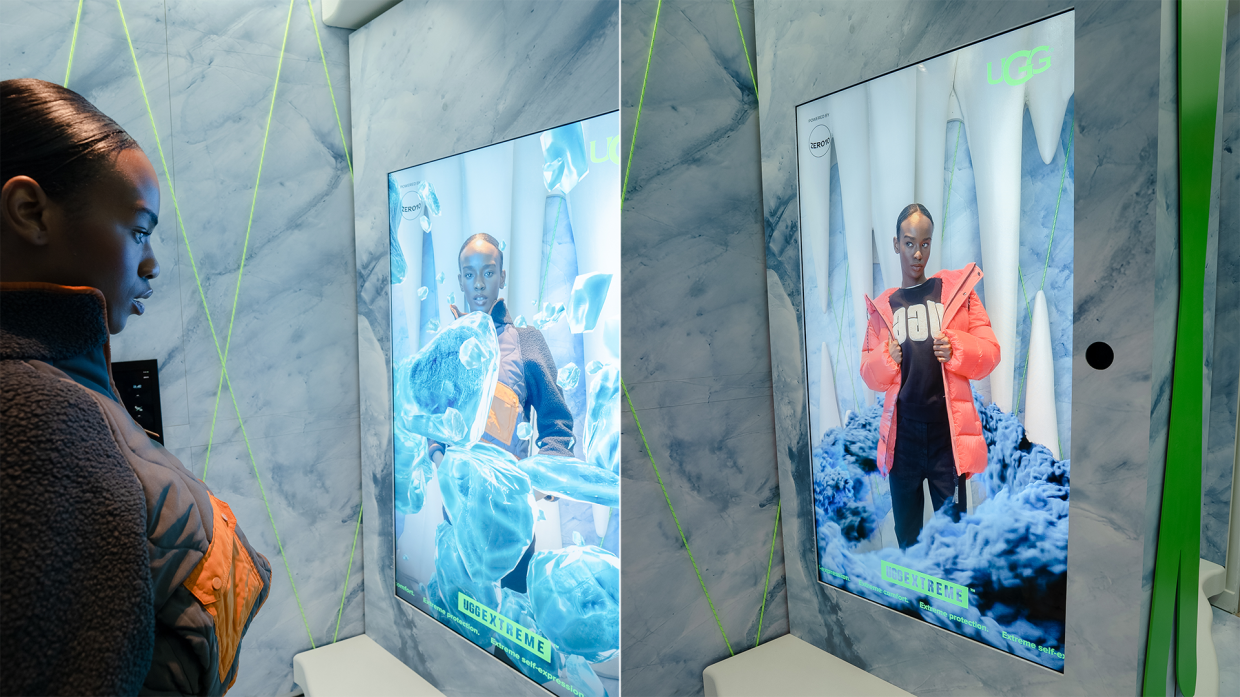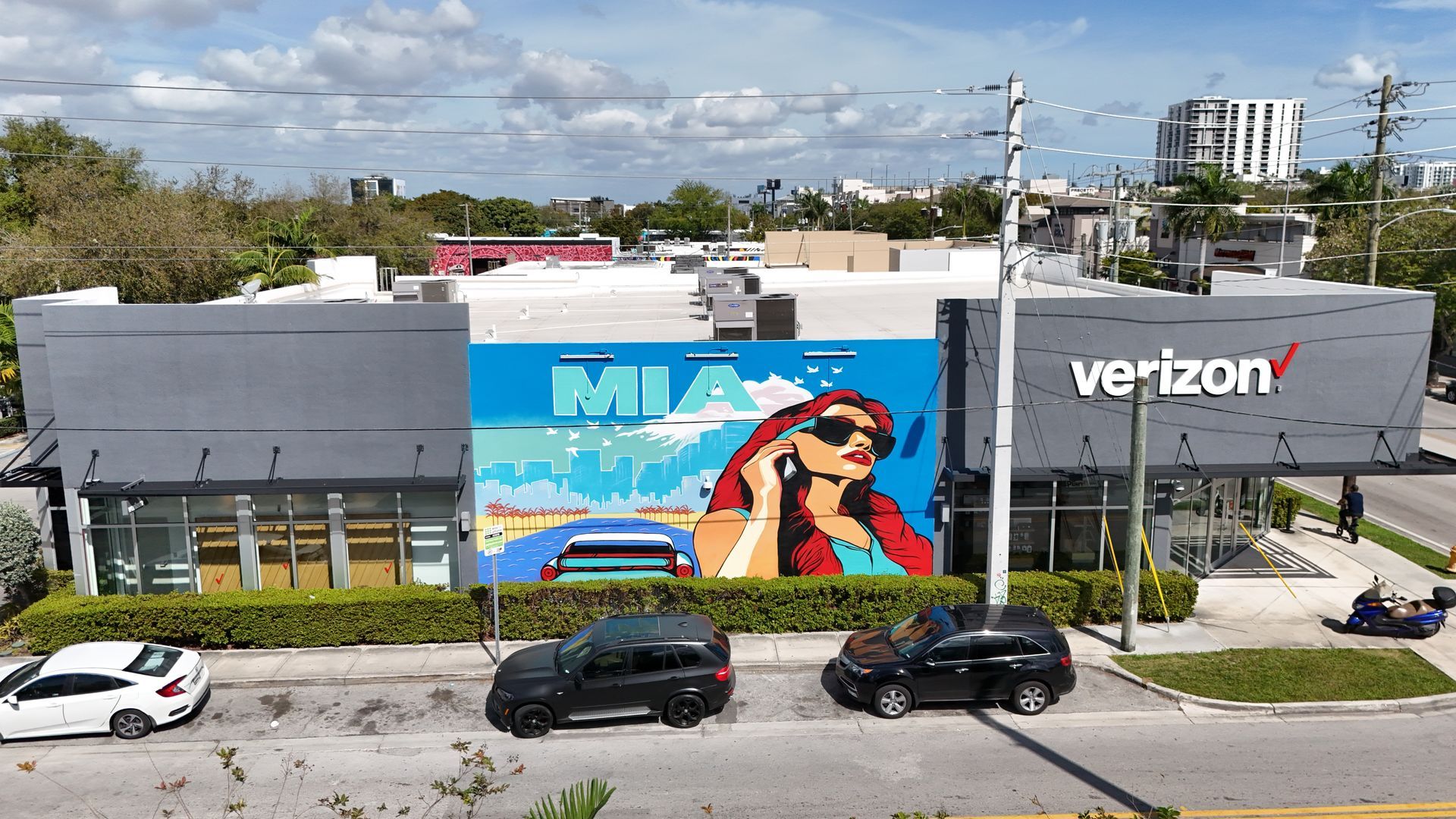How Augmented Reality Can Be Used in Sports Sponsorships
Augmented Reality (AR) is quickly becoming a game-changer in the world of sports sponsorships. This innovative technology allows fans to experience sports in a whole new way, while providing sponsors with unique opportunities to engage their audience and boost their brand. In this article, we will explore the various types of AR solutions used in sports, the benefits they offer, and how businesses can leverage them to create successful sponsorship campaigns.
Types of Augmented Reality Solutions in Sports
There are three primary types of AR solutions that can be used in sports sponsorships:
Marker-Based AR
Marker-based AR involves the use of physical markers, such as QR codes or logos, to trigger an AR experience. When a user points their device's camera at the marker, a digital overlay is displayed, providing additional information or interactive content.
Markerless AR
Markerless AR relies on GPS, image recognition, or other technologies to create AR experiences without the need for physical markers. This type of AR can be used to display information or content based on a user's location or to overlay digital elements onto real-world objects.
Projection-Based AR
Projection-based AR uses projectors to cast digital images or animations onto surfaces in the physical environment. This can create immersive, large-scale experiences that engage fans and enhance the sports venue atmosphere.
Benefits of AR in Sports Sponsorships
There are several advantages to incorporating AR technology into sports sponsorships:
Enhanced Fan Engagement
AR provides fans with interactive experiences that go beyond traditional advertising methods. By allowing fans to engage with digital content in a more immersive way, sponsors can create lasting impressions and foster stronger connections with their target audience.
Increased Brand Awareness
AR experiences often encourage social sharing, as fans are more likely to share unique and engaging content with their friends and followers. This helps to increase brand exposure and generate buzz around the sponsored event or team.
Data Collection and Analytics
AR technology enables sponsors to collect valuable data on user engagement, preferences, and behavior. This information can be used to refine marketing strategies, tailor content, and ultimately, enhance the overall effectiveness of the sponsorship campaign.
Successful AR Sponsorship Examples
AR-enabled Stadiums
Some sports venues have incorporated AR technology to provide fans with interactive experiences throughout the stadium. For example, fans can use their smartphones to access exclusive content, such as player stats, instant replays, and behind-the-scenes footage.
Interactive Fan Experiences
Brands can create engaging, interactive AR experiences for fans both inside and outside the stadium. Examples include virtual scavenger hunts, where fans search for digital objects hidden around the venue, or interactive games that allow fans to compete with others for prizes and recognition.
Virtual Mascots and 3D Player Cards
Sponsors can also use AR to create virtual mascots or 3D player cards that come to life when viewed through a smartphone or tablet. These engaging digital characters can interact with fans, pose for photos, and provide unique branded content.
Best Practices for Implementing AR Sponsorships
To ensure the success of your AR sports sponsorship campaign, consider the following best practices:
Choose the Right Technology
Select the most appropriate AR solution for your specific needs and goals. Consider the type of experience you want to create, the target audience, and the available resources.
Collaborate with Innovative Partners
Partner with a reputable AR technology provider or agency to help bring your vision to life. They can offer invaluable expertise and guidance to ensure your campaign is successful and engaging.
Test, Iterate, and Improve
Like any marketing strategy, it's essential to test and refine your AR experiences based on feedback and data. Continually iterate and improve your content to ensure it remains relevant, engaging, and effective.
Augmented reality has the potential to revolutionize sports sponsorships by providing unique and immersive experiences for fans. By leveraging the right technology, collaborating with innovative partners, and continuously refining their approach, sponsors can create unforgettable campaigns that enhance fan engagement, increase brand awareness, and provide valuable insights. Embracing AR in sports sponsorships is no longer just an option; it's a must for brands looking to stay ahead in today's competitive landscape.
FAQs
What is the primary purpose of using AR in sports sponsorships?
The main goal is to enhance fan engagement, increase brand awareness, and collect valuable data on user preferences and behavior.
What are some examples of AR experiences in sports sponsorships?
Examples include AR-enabled stadiums, interactive fan experiences, virtual scavenger hunts, and virtual mascots or 3D player cards.
How can businesses choose the right AR technology for their sports sponsorships?
Businesses should consider their specific needs and goals, their target audience, and available resources when selecting the appropriate AR solution.
Why is it essential to collaborate with an AR technology provider or agency?
Working with an experienced AR partner can offer invaluable expertise and guidance, ensuring that the campaign is successful and engaging.
How can businesses improve their AR experiences based on feedback and data?
Continually test, iterate, and refine your AR content to ensure it remains relevant, engaging, and effective, adapting it based on user feedback and analytics.
TALK TO A PRO
We're here to bring your brand to life!
Stay Connected with BrandXR
Create Augmented Reality for Free!
Create, Publish, and Measure 3D Augmented Reality Experiences Without Having to Code.














